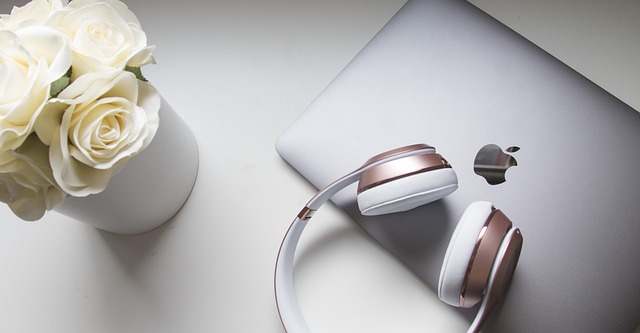Inside the World of Product Sampling: How Brands Decide Who Gets Freebies

Ever Wonder Why Some People Always Get Free Samples?
Have you ever signed up for a free sample, waited excitedly… and never received it — while your friend did? You’re not alone. Product sampling isn’t random. As someone who spent over a decade managing retail marketing campaigns and negotiating with national brands, I can tell you that companies carefully decide who gets those coveted freebies. Behind every “free sample” is a marketing strategy designed to generate buzz, gather feedback, and convert samplers into long-term customers.
In this post, I’ll share what actually goes on behind the scenes of sampling campaigns — and how you can increase your chances of being selected the next time you apply.
1. Why Brands Offer Free Samples in the First Place
Free samples aren’t charity — they’re marketing gold. Brands invest in sampling programs to:
- Introduce new products to targeted audiences.
- Collect data about consumer preferences and behaviors.
- Generate reviews and social buzz that can boost future sales.
When I worked with CPG (consumer packaged goods) companies, we’d often allocate a portion of the marketing budget to “trial campaigns.” For example, if a new snack flavor was launching, we’d target specific demographics — maybe families or busy professionals — who were most likely to become repeat buyers. Sampling isn’t random; it’s data-driven.
2. How Companies Choose Who Receives Samples
Brands typically partner with sample distribution platforms like PINCHme, SampleSource, or Influenster. These platforms use consumer profiles to match users with appropriate products.
Here’s what companies look for:
- Demographic fit: Age, gender, income level, and region all matter.
- Lifestyle relevance: If you’ve shown interest in beauty, you’re more likely to get skincare or makeup samples.
- Engagement: Users who leave reviews, answer surveys, or share on social media often get prioritized for future campaigns.
When I helped run a national haircare sampling campaign, we specifically targeted customers who had previously interacted with beauty brands online. The result? A 20% higher conversion rate compared to random distribution.
3. Where Product Sampling Happens
Sampling happens in multiple ways — not just through online signups:
- In-store activations: Think of the sample stands in Costco or Whole Foods.
- Mail-based programs: Through platforms like SampleSource or P&G Good Everyday.
- Social media campaigns: Brands like Dove or Garnier often give out free samples via Instagram promotions.
- Subscription boxes: Some brands partner with lifestyle boxes like FabFitFun to include “trial size” versions of new products.
These methods allow companies to test what drives the best ROI — awareness, feedback, or immediate sales. From my experience, hybrid campaigns (combining mail samples with online engagement) tend to perform best.
4. How to Improve Your Chances of Getting Picked
If you’re serious about consistently receiving free samples, think like a brand marketer.
Here’s how to stand out:
- Complete your profiles fully on sample sites — demographics and interests included.
- Leave detailed feedback on products you’ve tried; brands love genuine testimonials.
- Be active on social media and tag the brand when you receive a sample.
- Avoid duplicate requests. Many companies filter out users who sign up from multiple email addresses.
- Join brand loyalty programs. Members often get early access to sampling campaigns.
In short, act like a consumer influencer, not just a freebie hunter.
5. How Brands Measure Sampling Success
Behind the scenes, every campaign has KPIs — or key performance indicators — that determine whether it was worth the investment.
Some of the metrics brands measure include:
- Sample-to-purchase conversion rates (how many samplers actually buy).
- Survey completion rates.
- Social media mentions or hashtag usage.
- Repeat engagement rates across future campaigns.
When I managed retail promotions, we’d often analyze whether a $50,000 sampling effort led to measurable sales lifts in targeted regions. If it didn’t, we adjusted our approach for the next campaign — sometimes even changing product packaging or messaging based on feedback.
Conclusion: Sampling Isn’t Luck — It’s Strategy
The next time you receive a sample, remember that it’s part of a larger marketing science. Brands handpick recipients to test, measure, and optimize — not just to give things away. By understanding that process and engaging genuinely with the products you receive, you can become part of the “trusted tester” group that brands love.